Trending
Opinion: How will Project 2025 impact game developers?
The Heritage Foundation's manifesto for the possible next administration could do great harm to many, including large portions of the game development community.
A good game is timeless. When I look back, there's so much to learn and secrets to find out from those masterpieces.

Born with slow reflexes, I tend to stay away from hardcore action games since 8-big era. There are exceptions though, such as Dark Souls and Devil May Cry series, that when a game is challenging enough but in the meanwhile equally providing the fun and operable solutions, beating it can be tremendously rewarding and satisfying. Today I want to do an anatomy of one example - an old NES game, to find out the "secret spices" that the developers put into this classic action feast - Ninja Gaiden III: The ancient ship of doom.
Comparing to the prequels, Ninja Gaiden 3 added a new feature "hanging railing" which also appeared in the game KAGE. As a game heavily inspired by other action titles such as "Castlevania", the biggest difference or evolution is that the player has a lot of freedom to move: you can change directions in the midair after a jump, you can move vertically by climbing onto a wall, with the railing now you can freely access the center region of the screen.
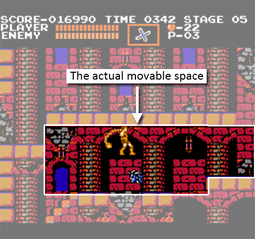

The result of increasing mobility is that when a player fail, they're less likely to complain about the unfairness of the level design but blame themselves. It's nothing but frustration when knocked down into the abyss by a medusa's head, but in NG3 I'll check if I made a wrong navigation choice earlier when being trapped by a group of creatures.
I tried to make a level breakdown of the game and found out that "Rational level design" was well implemented in this 1991 game. Several facts about the breakdown are:
- Every big level is cut into 4 or more sublevels, each is fast paced and takes less than 3 minutes to finish
- Different types of enemies are loaded in each sublevel
- The game constantly change the scrolling direction for each sublevel, as a big modifier of gameplay focus, e.g. from fast clearing the path to slowly climbing down a serpentine passage, to quickly jumping up a series of platforms
- Each sublevel uses only 1 level modifier, as the main "flavor" of itself without being "chaotic", which means in a level with a rising up lava, you won't find moving platforms or damage zones on the wall
- Except for the 1st big level which works as a tutorial, each following sublevel changes intentions and challenges constantly. You could be moving cautiously within a tight space with damage zones while you've been running for life just one minute ago

Thanks to the increased mobility, the sub-weapon (Ninjutsu) works more efficiently than the ones in Castlevania. One of the intention of this game is that Ninjutsu is promoted to be used whenever the player picks up one. During very harsh situations in the game, the player will feel proud when using a correct Ninjutsu in order to protect themselves, which is also part of the intellectual challenge.
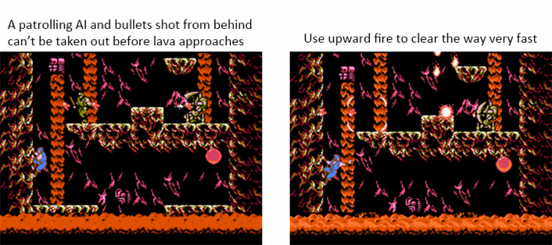
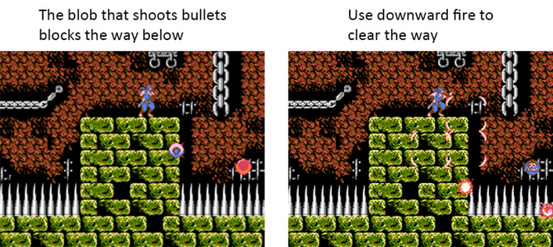
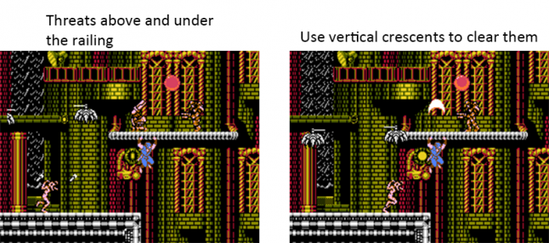
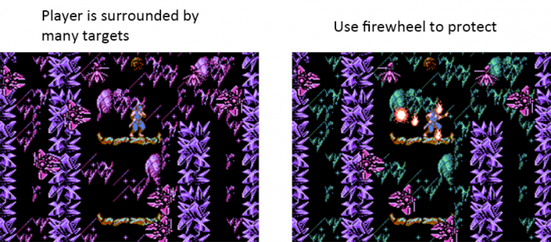
A good game is timeless. When I look back, there's so much to learn and secrets to find out from those masterpieces, and I try to perceive the reasons that the developers made a specific decision to certain design, as if it's an archeology process of video games.
Read more about:
BlogsYou May Also Like